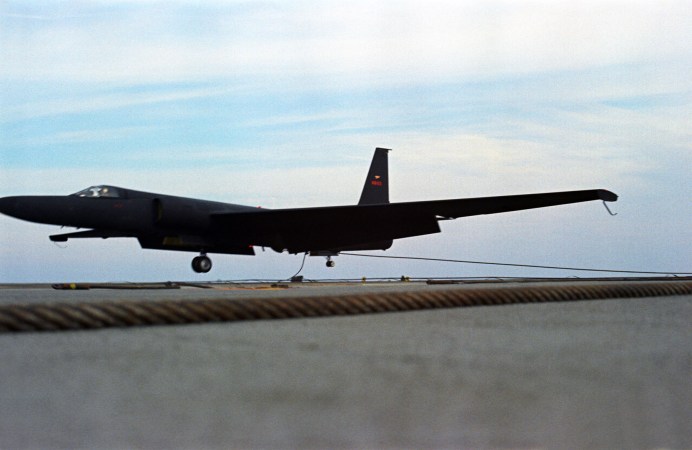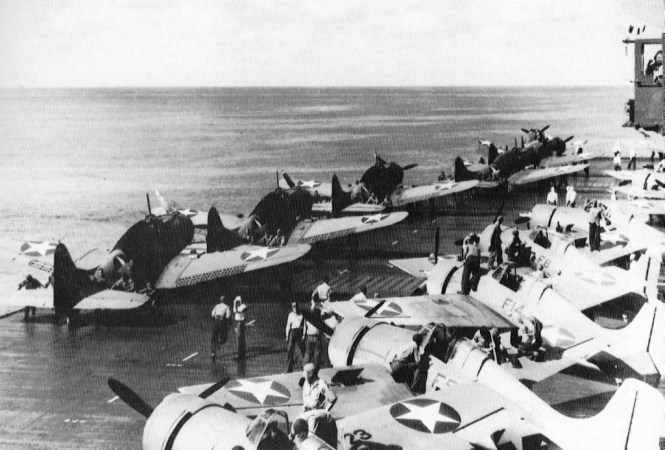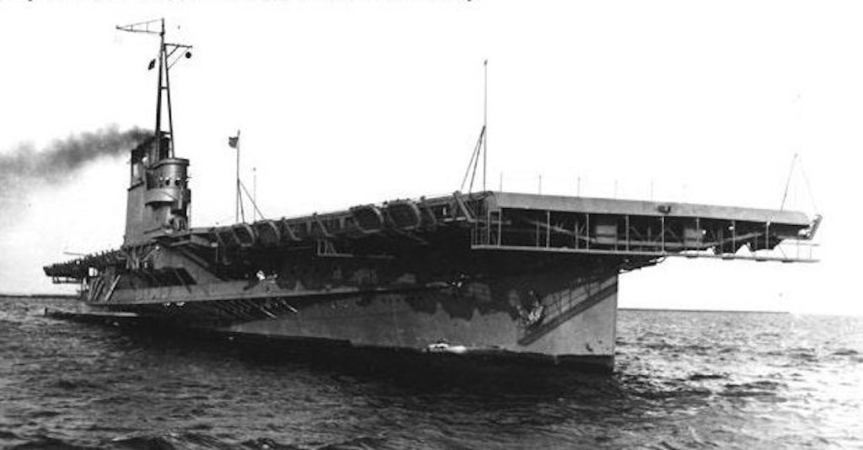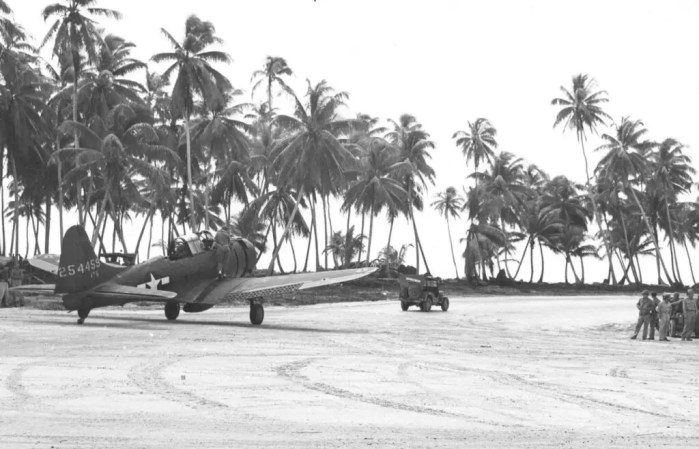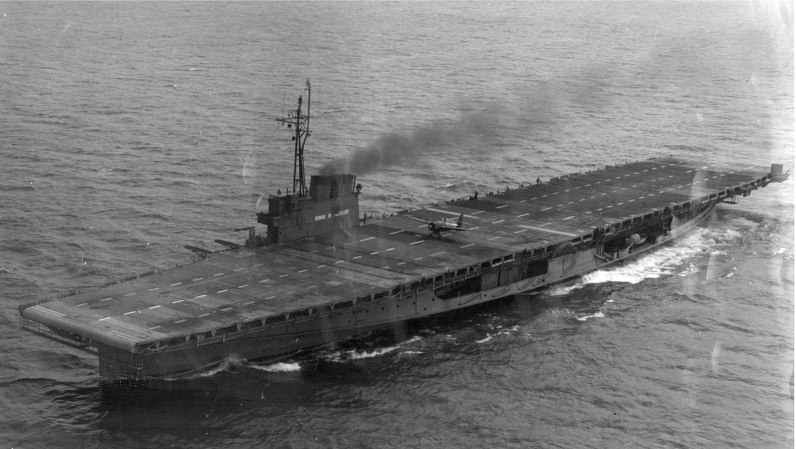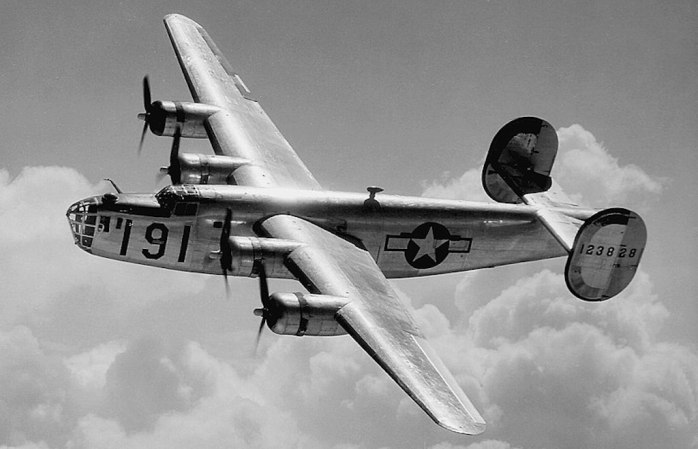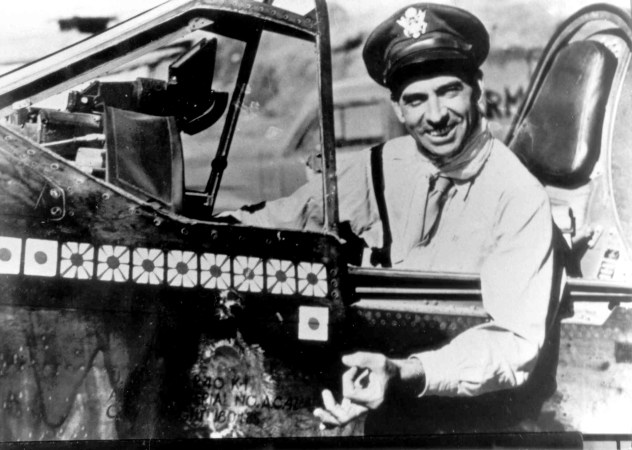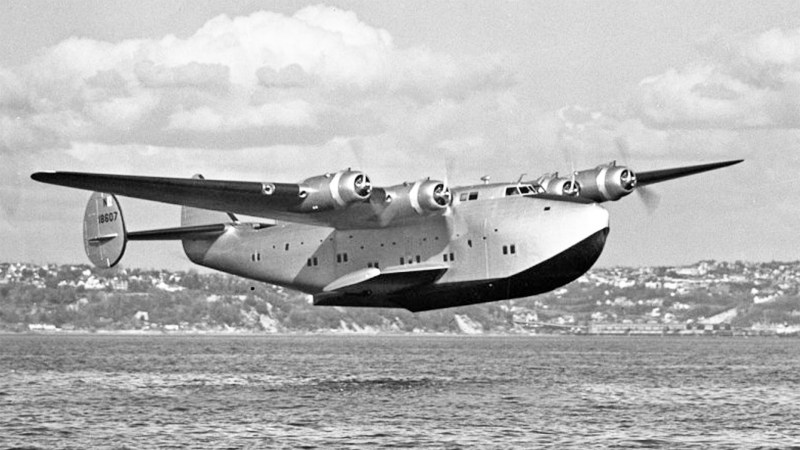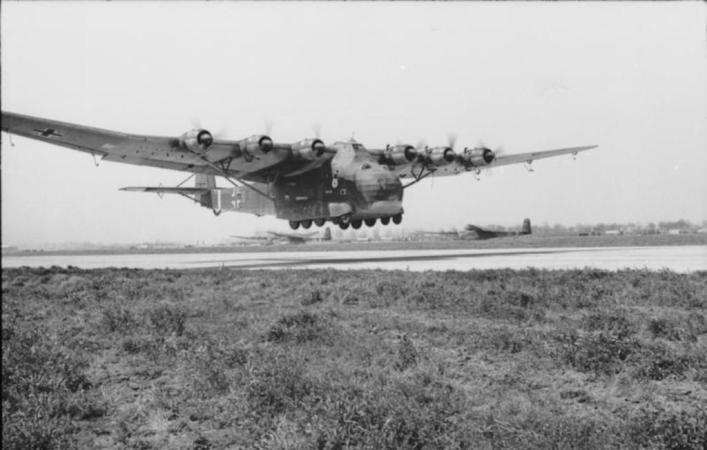Landing on a carrier is perhaps one of the toughest feats in all of aviation. In fact, studies have shown that pilots are more anxious about a night-time carrier landing than they are about combat. Today, there are a number of systems in place to help a pilot get down safely, but during World War II, it was a lot harder.
Just like today, there was a landing signals officer (LSO) responsible for the safe recovery of carrier aircraft, but they didn’t have the modern tools available now. No, this guy had to use paddles and hand gestures to get a planes, like the F6F Hellcat or SBD Dauntless, back on the boat safely. The carriers back then didn’t have angled decks, either. Nope, they were as flat-topped as Essex-class amphibious assault ships.

The 13 signals used by LSOs in World War II.
(US Navy)
The gestures outlined above were how the LSO communicated with the pilot. They didn’t have modern radios like the ones we enjoy on Super Hornets today. In fact, the radios back then were primitive. The rear gunners on the SBD Dauntless, for example, often doubled as radiomen, but the radios were only able to send Morse code. Sending code isn’t very conducive to getting urgent messages to pilots quickly and clearly.
Instead, the LSO stood in a very exposed position and used a pair of paddles to send the pilot signals and guide them into a safe landing. During World War II, the United States Navy and United States Marine Corps trained tens of thousands of pilots to make those carrier landings guided only by hand signals.

The lack of technology in World War II forced LSOs, like Lt. Tripp in this photo, to use the paddles to guide pilots back to safety.
(US Navy)
The training film below was made in 1949, the year before the Korean War broke out and when most planes operating off of carriers were propeller-driven. Like other Navy efforts to avoid accidents, the video used humor to get the points across.
Fair warning: This film probably would not win any awards for cultural sensitivity these days. We’ve come a long way in the last 70 years.











